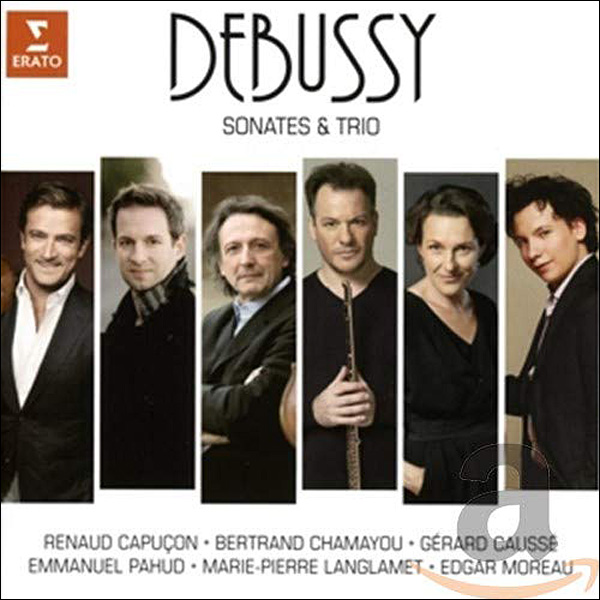| Columns Retired Columns & Blogs |
I suggest that he's failed miserably in his quest to achieve "user-friendliness", unless said user is a hedge fund manager. This is just what we need, another review of a product that only a fraction of a percent of readers could possibly afford. I can't imagine how cowtowing to the extremely narrow group of audio elitists will increase readership and grow the magazine (and the hobby, to bring new young people in, with the current wealthy boomers all dying off quickly), but I guess you only care about catering to a few hundred filthy rich readers, and everyone else be damned, and don't matter to you. Great way to provide an example of inclusion in the hobby of audio.
















































